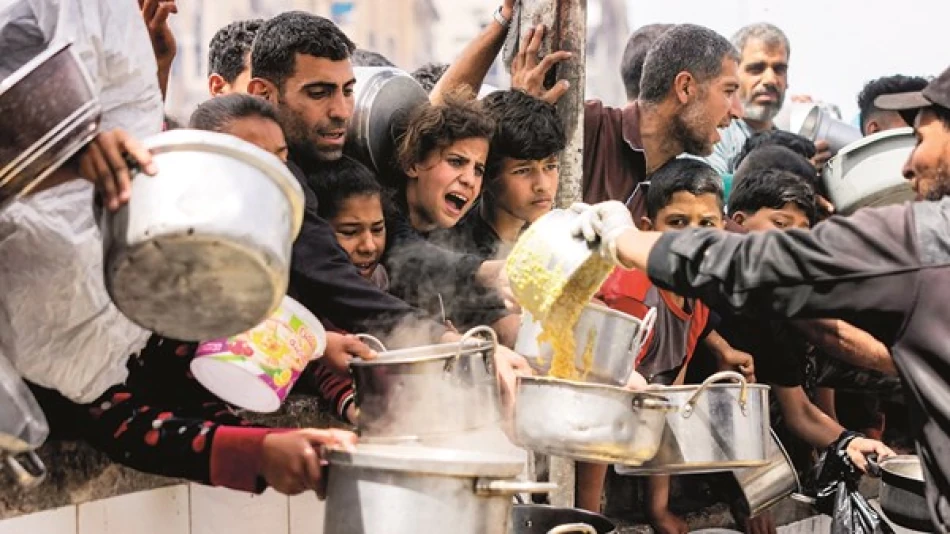
UN Chief Warns of Looming Humanitarian Catastrophe in Gaza
Gaza Teeters on Brink of Famine as UN Chief Demands "Ocean-Like" Aid Flow
UN Secretary-General António Guterres issued a stark warning Tuesday that Gaza stands on the precipice of famine, calling for humanitarian aid to flow into the besieged territory like an "ocean" to prevent what he described as a humanitarian catastrophe with "horrifying dimensions." His urgent appeal comes as global food security monitors confirm the worst fears about Gaza's deteriorating conditions.
Famine Warning Becomes Reality
Guterres emphasized that the situation has moved beyond mere warnings into observable reality. "Palestinians are facing a humanitarian catastrophe with horrifying dimensions. This is not a warning, but a reality unfolding before our eyes," he stated in an official declaration.
The UN chief's comments followed a critical assessment from the Integrated Food Security Phase Classification (IPC), a global hunger monitoring system that provides authoritative analysis on food insecurity and famine conditions worldwide. The IPC's latest warning confirmed what international observers had feared: Gaza is approaching famine conditions.
Unprecedented Aid Requirements
Scale of Intervention Needed
Guterres called for aid flows that must become "massive like an ocean," emphasizing that essential supplies including food, water, medicine, and fuel must "flow in waves and without obstacles." This language suggests the current humanitarian response falls dramatically short of what's required to address the crisis.
The secretary-general's ocean metaphor underscores the extraordinary scale of intervention needed—far beyond typical humanitarian responses. This level of aid mobilization would require unprecedented coordination between international agencies, donor countries, and regional partners.
Historical Context and Implications
Famine Classification Standards
The IPC's famine warnings carry significant weight in international humanitarian circles. The organization's five-phase classification system has previously identified famine conditions in Somalia, South Sudan, and Yemen, triggering major international interventions. Gaza's classification suggests conditions comparable to these severe humanitarian crises.
Famine declarations typically occur when at least 20% of households face extreme food shortages, acute malnutrition exceeds 30%, and death rates surpass two per 10,000 people daily. The IPC's warning indicates Gaza may be approaching or meeting these thresholds.
International Response Challenges
Logistical and Political Barriers
Guterres's call for unobstructed aid flows highlights the complex logistical and political challenges facing humanitarian operations in Gaza. The territory's geographic constraints, limited entry points, and ongoing security concerns create bottlenecks that traditional aid delivery mechanisms struggle to overcome.
The emphasis on "without obstacles" suggests current aid efforts face significant impediments, whether from security restrictions, administrative procedures, or infrastructure limitations. Addressing these barriers would require coordination between multiple stakeholders and potentially new delivery mechanisms.
Broader Humanitarian Implications
The UN's urgent appeal reflects growing international concern about Gaza's humanitarian trajectory. With over two million residents in a territory of just 365 square kilometers, Gaza represents one of the world's most densely populated areas, making rapid humanitarian deterioration particularly devastating.
The situation also tests international humanitarian response capabilities and political will. The scale of intervention Guterres describes would require sustained commitment from donor nations and innovative approaches to aid delivery in challenging operational environments.
 Layla Al Mansoori
Layla Al Mansoori







